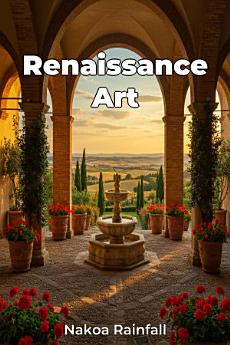Renaissance Art
Tungkol sa ebook na ito
Intriguingly, artists' experimentation with linear perspective allowed for unprecedented realism, while wealthy merchant cities like Florence fostered patronage and artistic competition. The book guides readers through this pivotal period, beginning with the historical context and key figures of the early Renaissance.
Subsequent chapters delve into major artistic centers like Florence, Rome, and Venice, examining their unique characteristics. It culminates with an analysis of High Renaissance masters like Leonardo da Vinci, Michelangelo, and Raphael, tracing the Renaissance's lasting influence on subsequent artistic movements.
By analyzing paintings, sculptures, and architectural masterpieces, the book argues that Renaissance art was not merely aesthetic but reflected and catalyzed broader cultural shifts.








